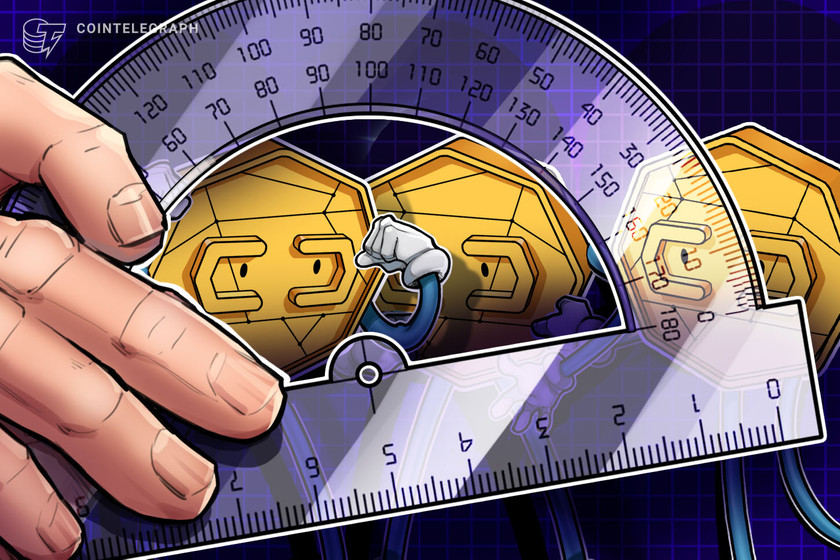Three Arrows Capital has failed to meet margin calls: Report


Crypto lender BlockFi was among several companies to liquidate at least some of 3AC’s positions, according to a new report.
Venture firm Three Arrows Capital (3AC) has reportedly failed to meet margin calls from its lenders, raising the spectre of insolvency after this week’s crypto market collapse triggered unforeseen liquidations for the Singapore-based company.
Crypto lender BlockFi was among the firms to liquidate at least some of 3AC’s positions, according to the Financial Times. Citing people familiar with the matter, FT reported that 3AC had borrowed Bitcoin (BTC) from the lender but was unable to meet a margin call after the market turned sour earlier this week.
The issues surrounding 3AC appear to have impacted Finblox, a Hong Kong-based platform that allows investors to earn yield on their digital assets. Finblox said it was forced to reduce its withdrawal limits on Thursday due to concerns surrounding the venture firm.
While estimates vary, 3AC likely incurred $400 million in liquidations across multiple positions. The company had significant exposure to Terra (originally Luna, now LUNC) and also held large positions in projects such as Solana (SOL) and Avalanche (AVAX). As Cointelegraph reported, 3AC has spent the past few days moving assets to top up funds on various decentralized finance (DeFi) platforms, most notably Aave (AAVE).
Three Arrows Capital bought 10.9M locked LUNA for $559.6m – it’s now worth $670.45.
Ouch
— Crypto Maxi (@cryptoMaxi420) June 14, 2022
However, this week’s mass liquidations were likely triggered by the collapse of Ether (ETH), which plunged toward $1,000 en route to its lowest level since December 2020. It has also been speculated that 3AC’s exposure to synthetic assets, such as the Grayscale Bitcoin Trust (GBTC) and Lido’s Staked ETH (stETH), was also responsible for the mass liquidation events.
Rumors about 3AC’s insolvency have swirled in recent days after Su Zhu, the company’s outspoken co-founder, issued a cryptic tweet that the company was working with “relevant parties” to resolve its issues.
We are in the process of communicating with relevant parties and fully committed to working this out
— Zhu Su (@zhusu) June 15, 2022














